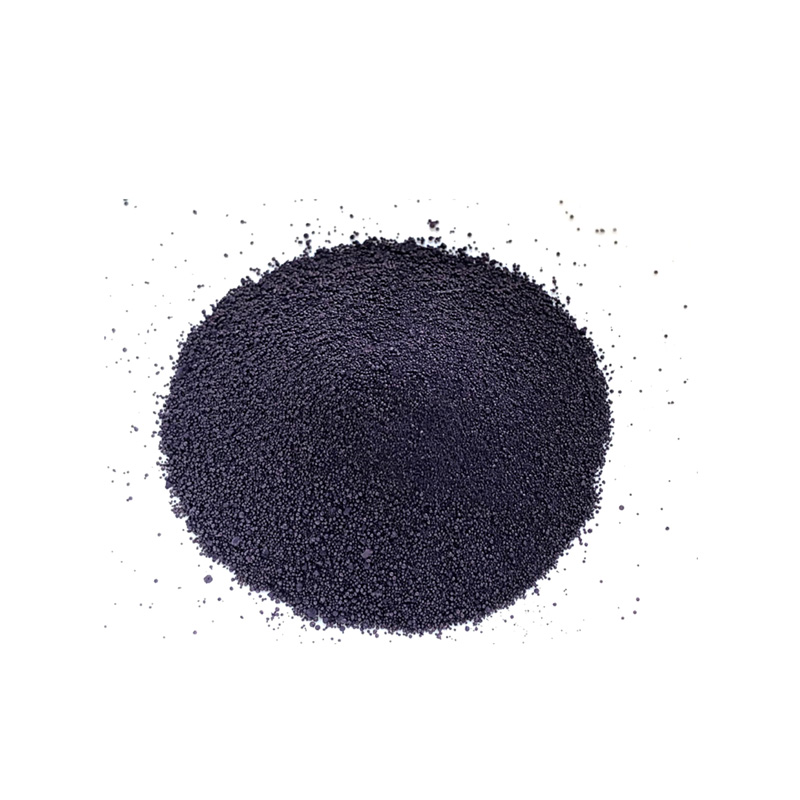Exploring the Benefits of Blue Natural Dye Products for Sustainable Fashion
The Rise of Blue Natural Dye Products A Sustainable Shift in the Fashion Industry
In recent years, the demand for sustainable and eco-friendly products has surged as consumers become increasingly aware of the environmental and ethical implications of their purchases. One remarkable development in this trend is the rise of blue natural dye products, which are capturing the attention of fashion enthusiasts, textile manufacturers, and environmental advocates alike. This article explores the significance of blue natural dyes, their sources, and the impact they have on both fashion and the environment.
The Allure of Blue
Blue has long been regarded as a color of depth and tranquility. In the realm of textiles, producing blue dyes has historically been a challenging endeavor. While other colors could easily be extracted from various plants and minerals, blue has most traditionally been derived from indigo, a plant that has been cultivated for thousands of years. The indigofera plant, native to tropical and subtropical regions, is known for its stunning blue pigment, which has been used in various cultures around the world.
Aside from indigo, other sources of blue dyes include woad, a plant that thrives in Europe, and various berries and roots. However, indigo remains the most notable and commercially significant source. The deep blue shades obtained from this dye are not only vibrant but also resonate with cultural heritage, making them highly desirable in contemporary fashion.
The Transition to Natural Dyes
As the world grapples with pollution and toxic chemical use in the textile industry, the shift toward natural dyes is more relevant than ever. Conventional dyeing processes often involve harmful synthetic dyes derived from petroleum, which contribute to water pollution, ecological damage, and health risks for workers. In stark contrast, blue natural dyes originated from plants and other natural sources are biodegradable and less harmful to the environment.
Many brands are now embracing natural dyeing processes, recognizing the benefits of sustainable practices not just for the planet but also for their brand image. Consumers are increasingly motivated by ethical considerations, and companies that prioritize eco-friendliness can differentiate themselves in a competitive market. With the rise of social media, transparency regarding sourcing and manufacturing processes has become paramount, allowing brands to engage consumers more meaningfully.
blue natural dye product

Cultural and Economic Impact
The blue natural dye movement is not only about sustainability but also about reviving traditional craftsmanship. Many artisans worldwide are turning to age-old dyeing techniques to create modern products. By doing so, they not only preserve cultural heritage but also provide economic opportunities for local communities. The revival of traditions surrounding natural dyeing can enhance local economies while fostering a sense of pride and identity among craftsmen.
Moreover, the process of sourcing natural dyes requires collaboration within the community, from farming to dyeing to marketing the final products. This holistic approach provides a more stable income for artisans and strengthens the social fabric of communities involved in the production process.
Challenges and Future Prospects
Despite the many benefits of blue natural dye products, challenges remain. The production of natural dyes is often limited by climate, geography, and cultivation methods. As demand increases, maintaining sustainable practices while scaling production can be difficult. Furthermore, consumers must be educated about the value and characteristics of natural dyes, as they may differ significantly from synthetic alternatives in terms of colorfastness and hue variety.
Nevertheless, innovative solutions are emerging. Advances in biotechnology and sustainable agriculture are enabling more efficient cultivation of dye plants, while research into alternative sources expands the palette available to designers. Collaborative efforts between designers, scientists, and artisans can drive the industry forward, helping to overcome existing barriers.
Conclusion
The surge in blue natural dye products represents an exciting intersection of sustainability, culture, and innovation. As consumers become more conscious of their consumption choices, the fashion industry is responding with a newfound appreciation for natural materials and ethical practices. The beauty of blue natural dyes transcends their visual appeal; they tell a story of tradition, resilience, and respect for the environment. As we look to the future, blue natural dyes are not just a trend; they symbolize a movement toward a more sustainable and conscious fashion industry, one that honors both nature and craftsmanship.
-
The Timeless Art of Denim Indigo Dye
NewsJul.01,2025
-
The Rise of Sulfur Dyed Denim
NewsJul.01,2025
-
The Rich Revival of the Best Indigo Dye
NewsJul.01,2025
-
The Enduring Strength of Sulphur Black
NewsJul.01,2025
-
The Ancient Art of Chinese Indigo Dye
NewsJul.01,2025
-
Industry Power of Indigo
NewsJul.01,2025
-
Black Sulfur is Leading the Next Wave
NewsJul.01,2025

Sulphur Black
1.Name: sulphur black; Sulfur Black; Sulphur Black 1;
2.Structure formula:
3.Molecule formula: C6H4N2O5
4.CAS No.: 1326-82-5
5.HS code: 32041911
6.Product specification:Appearance:black phosphorus flakes; black liquid

Bromo Indigo; Vat Bromo-Indigo; C.I.Vat Blue 5
1.Name: Bromo indigo; Vat bromo-indigo; C.I.Vat blue 5;
2.Structure formula:
3.Molecule formula: C16H6Br4N2O2
4.CAS No.: 2475-31-2
5.HS code: 3204151000 6.Major usage and instruction: Be mainly used to dye cotton fabrics.

Indigo Blue Vat Blue
1.Name: indigo blue,vat blue 1,
2.Structure formula:
3.Molecule formula: C16H10N2O2
4.. CAS No.: 482-89-3
5.Molecule weight: 262.62
6.HS code: 3204151000
7.Major usage and instruction: Be mainly used to dye cotton fabrics.

